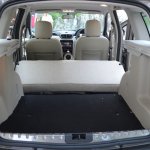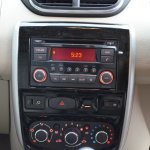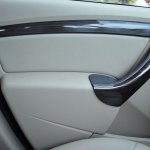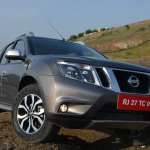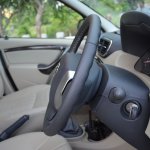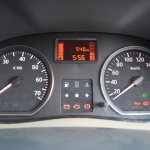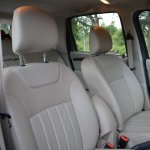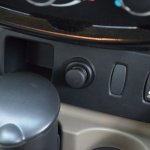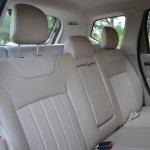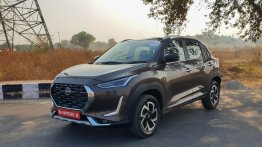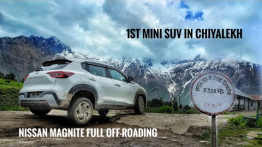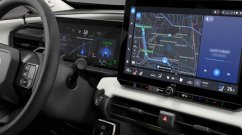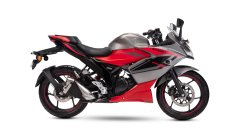We spent a day in Udaipur driving the 110PS diesel variant of the Nissan Terrano and here's the lowdown.
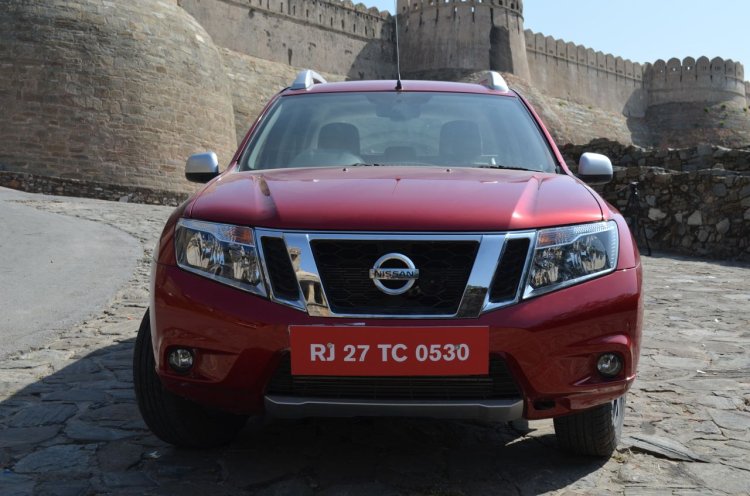
Based on the Renault Duster platform, the Terrano was designed at Nissan's Yokohoma design studio in Japan and was developed at the Renault-Nissan technology centre in Chennai, India.
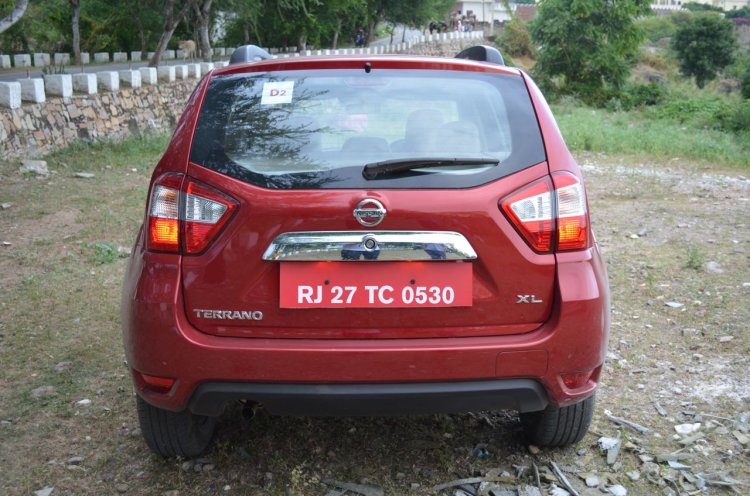
Up front, the headlight and grille have a wider aspect, and are influenced by the design of the Pathfinder and Patrol. The hood features a V-Shape cut that blends neatly with the chrome ornamentation on the radiator grille.
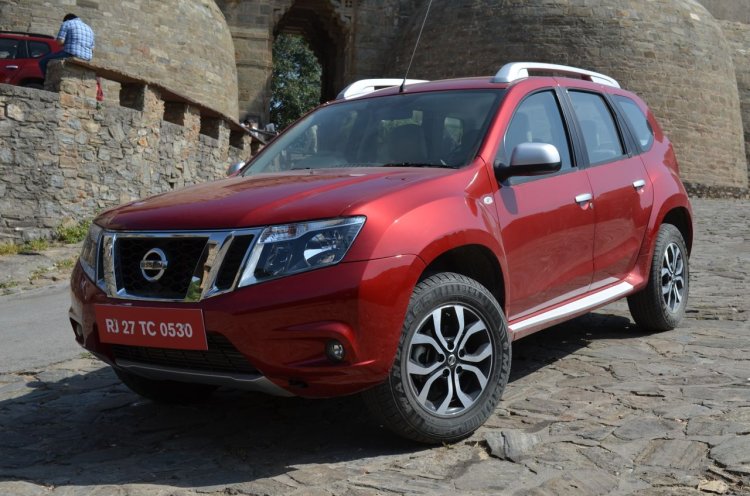
The crease line on the reskinned door is moved closer to the running board, while the rear of the car bears a clearer distinction from the Duster featuring a two-pod stoplight that extends into the hatch and a redesigned registration plate enclosure flanked with a generous serving of chrome.
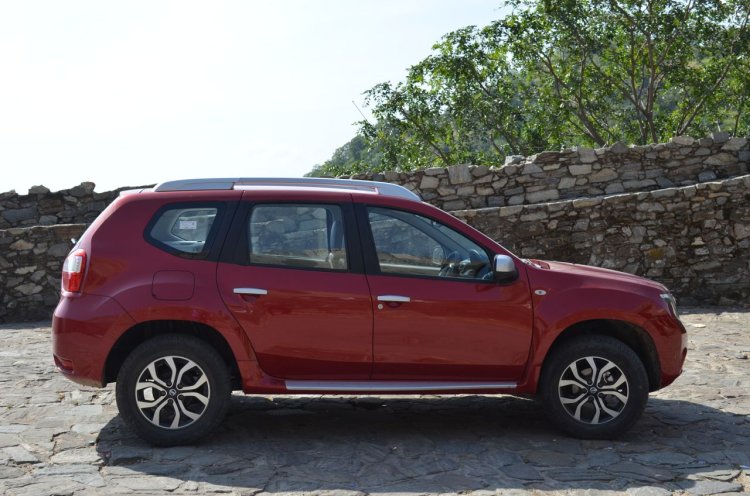
For Duster fans, the interior isn't new territory as the changes here are restricted to the colour interplay. The plastic trim on the doors are finished in a greyish brown colour, while the seats, upholstered with perforated leather, are in beige.
The central aircon vents are rectangular (as opposed to the Duster's circular design) and are treated to a tinge of chrome.
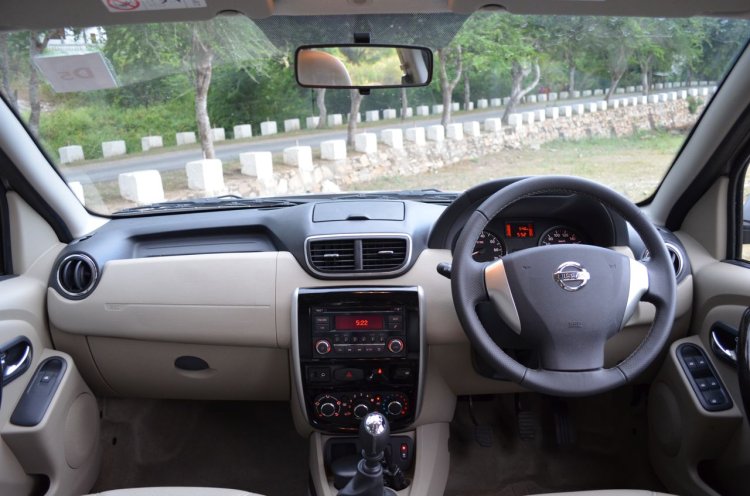
The Terrano's driver seat is placed in a way that the hood fills up your lower line of sight. The position is comfortable and is mid-way between a city hatchback and an off-roader.
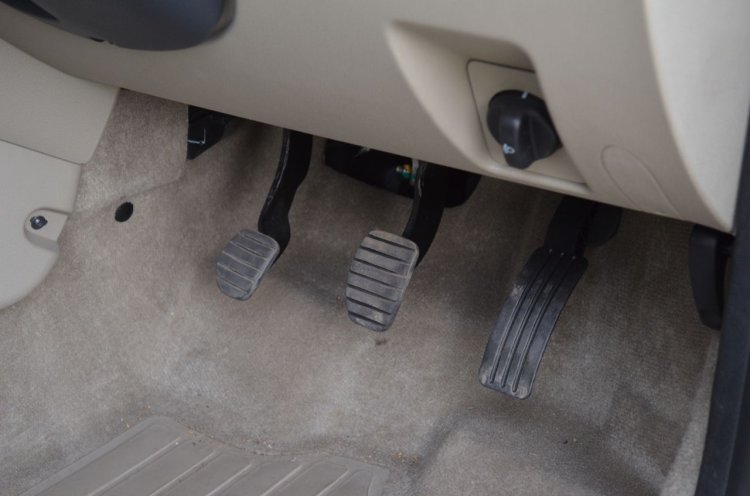
The front seats did not make for an uncomfortable travel for 6-footers though the under-thigh support could have been wider and longer. As the basic architecture is designed to a budget, the height-adjustment mechanism is a very simple and doesn't offer multiple height settings. The steering wheel is also just adjustable for rake.
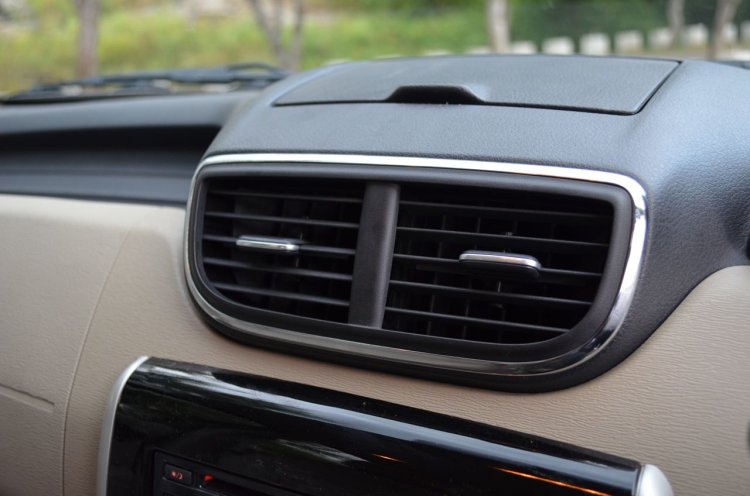
Being based on a low-cost Logan's underpinnings, one that has a notorious reputation for bad ergonomics, the Terrano shows an improvement, but still offers a lot to giggle at. The door mirror adjustment joystick feels stuck under the hand brake lever. The power window switches hang out oddly from the driver door. While resting the elbow on the rear arm rest, the power window switch is falsely operated.
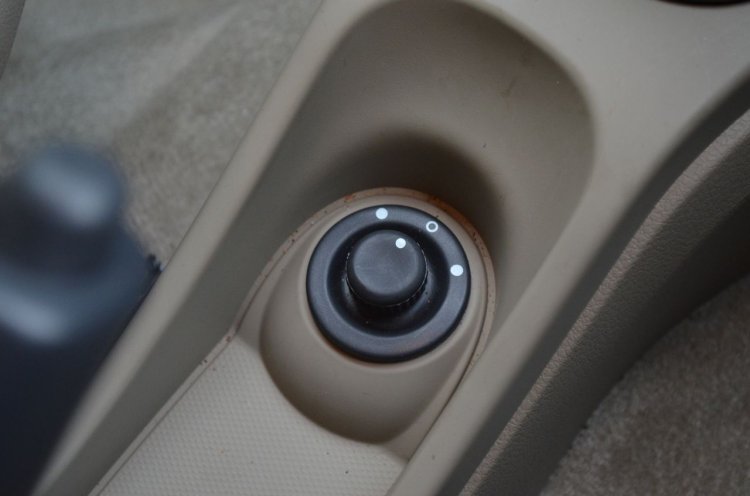
The Terrano tries to comeback in this department showing its height adjustable front seatbelts, a floating horn and wiper nozzles that cover the entire windshield area, but the single-horn, a loose-fitting dashboard and lack of cup holders on the doors take us back to square one!
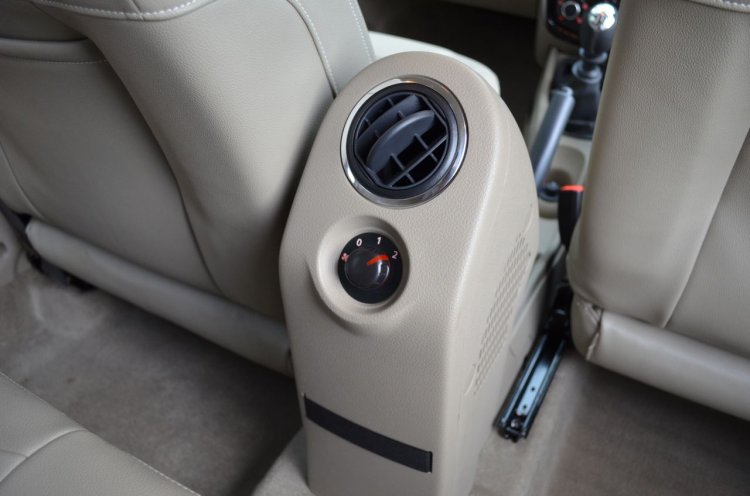
The steering wheel, though different from the Duster's, lacks a chunky grip and misses out on embedded controls. The Duster's audio and bluetooth stalk, which is mounted on the steering column, is surprisingly not picked for the Terrano.
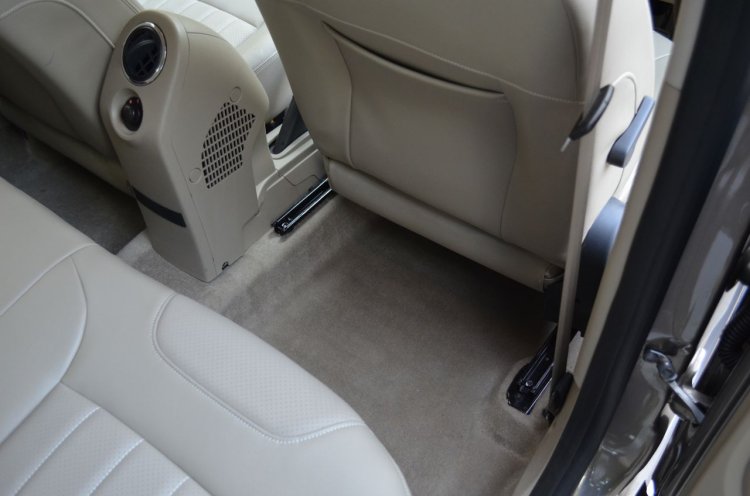
The feedback from the steering wheel is quite vague at higher speeds. It feels light at low speeds, and hence driving in the city is quite easy, and doesn't have a reflexive venter-back action. The clutch operation meanwhile is not very tight, and operates trouble-free in stop-go traffic. The car's category best turning radius of 4.9m, and 0-100kph sprint time of 12 seconds, make it feel more at home driving in an urban landscape.
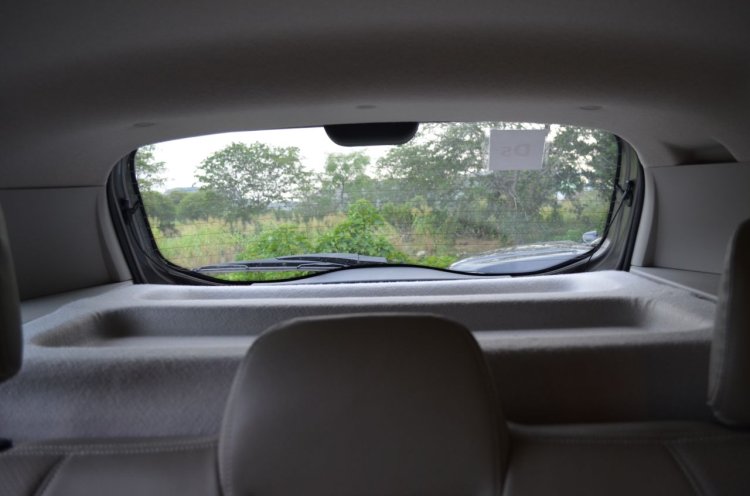
The 1.5L K9K diesel engine is easily one of the best diesel engines in the Indian market, and serves across product lines of the Renault-Nissan alliance. The 110PS variant is calibrated to offer a linear torque delivery. Another noteworthy feature is that the cabin is extremely well insulted and under normal driving, the engine is heard working at a distance. As one would come to expect, the motor gets noisy at about 5K RPM, but it doesn't have an annoying clatter for company. There are traces of turbo lag below 1,500 RPM but the variable geometry turbo spools and delivers a healthy surge up till about 4,000RPM.

The 6-speed gearbox is fantastic to work with. The gates, with a slight shift slack, is still very precise and fun to use. The sixth gear is usable at speeds as low as 80kph, but would see more frequent usage on long drives. This gearbox, ideally suited for long distance journeys, contradicts the planning of the variant, as it lacks a dead pedal. Was the interior designer in two minds?
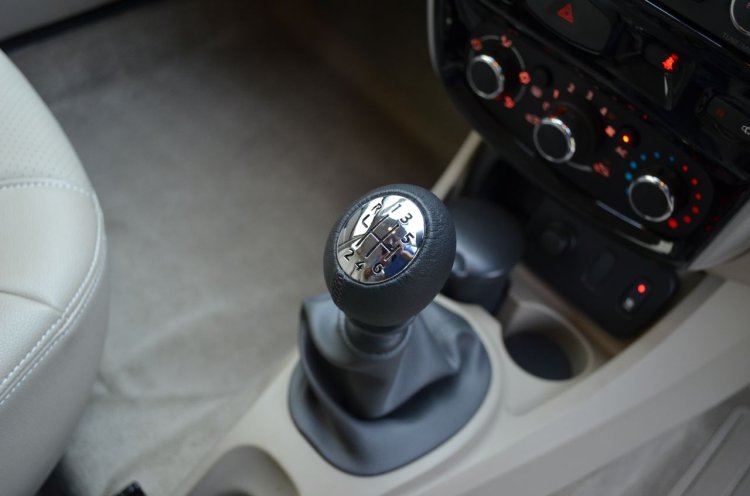
The suspension is quite remarkable in absorbing pits, bumps and potholes. Complementing the MacPherson struts up front and the torsion beam at the rear are the generously profiled 215/65 R16 section tires. Thuds or vibrations aren't felt in the cabin, even if they are taken at speed. Another highlight of this well-setup chassis is the lack of pitching or yawing under hard braking.
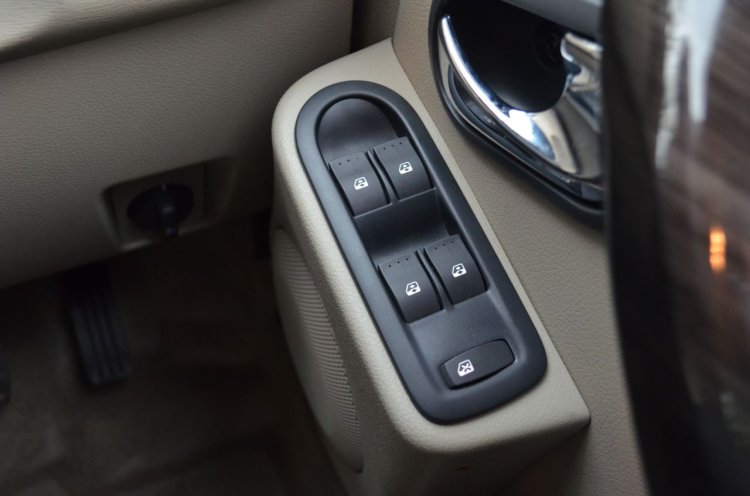
The Terrano's brakes provide adequate bite and with three well-built adults on board, a situation that warranted repeated pumping or extra effort didn't arise. The variant we drove had electronic aids such as ABD, EBD and brake assist.
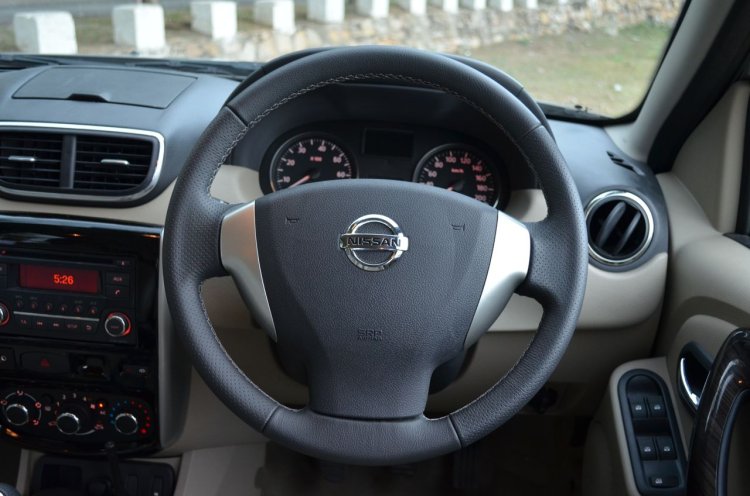
The rear aircon vent is planted right between the front seats and they take up what would have otherwise served as valuable knee room to the fifth passenger. This feature is only available on the premium variant, and hence the additional family member can sit more comfortably on one of the lower variants.
The pick of the features on the top-end model are the bluetooth audio system, leather seats, rear parking sensors and keyless entry. As an accessory, Nissan will offer a 6.1-inch touchscreen multimedia system that would come in place of the audio system.

To sum up in a simple sentence, the Nissan Terrano is a Duster in a new skin. While the Duster's raw and untamed looks and polarized opinions, there's nothing we could find offensive in the Terrano's design. Comparatively it looks more majestic and puts on a please-all appeal.
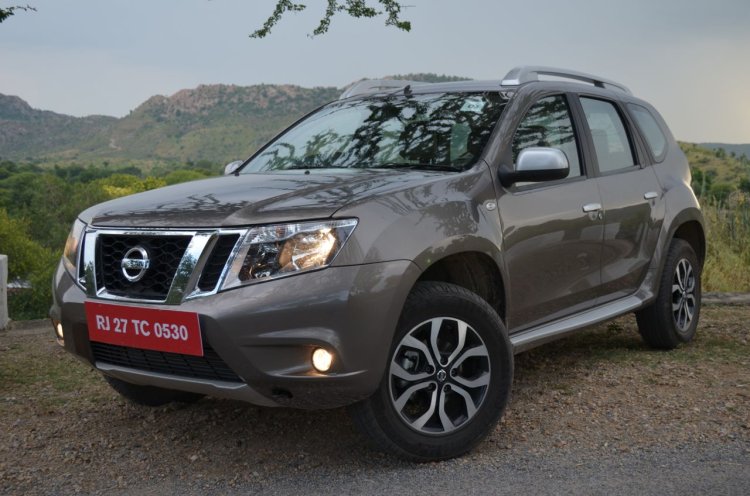
Except for the steering mounted audio controls, there's nothing on the features or mechanicals that the Duster doesn't offer. So if you are impressed by the all-round performance of the Duster's K9K engine, its well-matched gearbox, the brilliantly laid out chassis, but were turned off by its basic-looking interior, and found the exteriors peculiar, the Terrano is definitely worth a look. But, will these looks and a slightly premium cabin justify the 50-70k rupee (expected) price difference?
